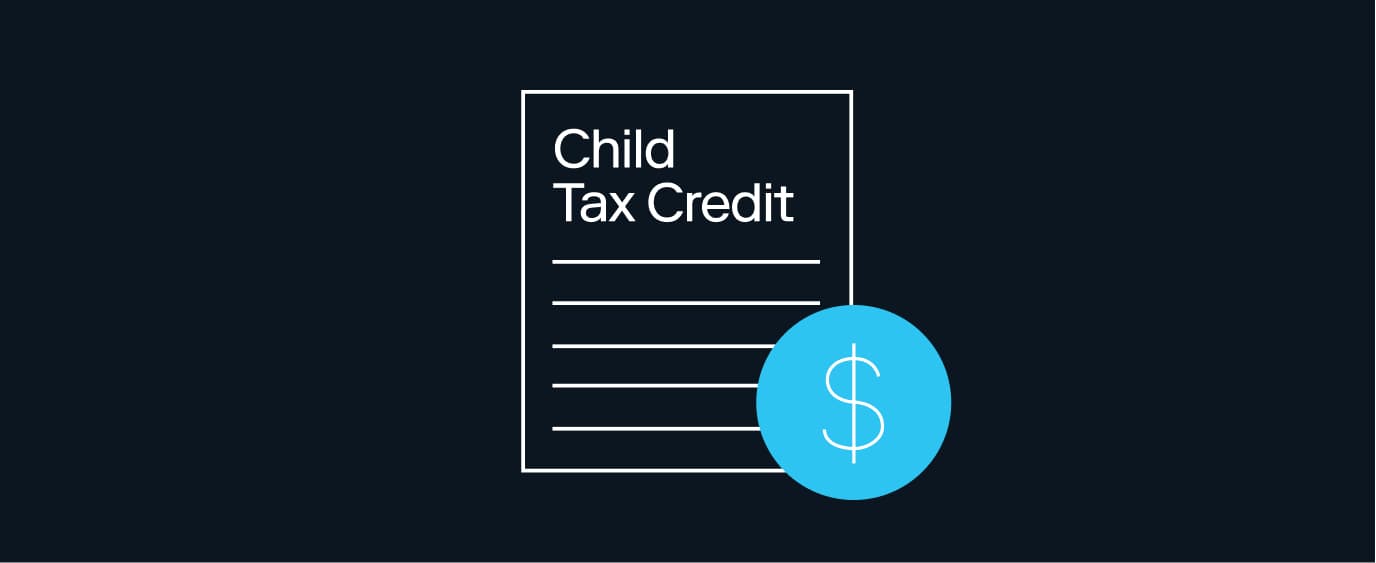Jul 01, 2021
Spend or Save? How American Consumers Plan to Use the Child Tax Credit
In a new Stash survey, most parents say the federal money is essential to support their families.

In this article:
Many parents will soon be eligible for extra federal money for their kids, thanks to an expansion of something called the child tax credit. And nearly two thirds of U.S. parents say that the additional money will be essential to supporting their families.
That’s according to a May 2021 survey¹ from Stash on the changes to the child tax credit. Starting July 15, 2021, the Internal Revenue Service (IRS) will raise the yearly tax credit for children below six-years-old to $3,600 and for children between six and 17 to $3,000 from its current $2,000 per child.
This money is part of the $1.9 trillion stimulus package, called the American Rescue Plan, signed into law in March, 2021. It is an expansion of the existing child tax credit of $2,000 per child. The child tax credit began in the 1990s as a $400 per child credit for children living in poverty.
The changes to the tax credit come as inflation has driven costs for families to their highest level since 2008. Prices have increased for everyday items including food, clothing, shelter, fuel, transportation, doctors’ and dentists’ services, drugs, and other goods and services.
The revamped tax credit will reportedly benefit 88% of American families with children. Individuals who earn an adjusted gross income (AGI) of $75,000 or less, married couples who earn $150,000 or less, and heads of household who earn $112,500 or less will be eligible to receive the credit. Additionally, those who qualify can receive half of the benefits as monthly payments, and the other half after filing their tax returns for 2021. Those monthly payments reportedly will be $250 per child between six and 17, and $300 per child under 6. Taxpayers can still opt to receive the full amount after filing.
Ahead of these tax credit changes, Stash asked Americans how they feel about the enhancements, and what they plan to do with the money:
Stash’s survey findings
One third of those surveyed said their childcare costs increased during the pandemic, but millennial and Gen Z parents were more than twice as likely as older generations to say these expenses increased over the past year. Fifty-two percent of millennials and 47% of Gen Z parents said their costs went up during Covid-19. Meanwhile, 28% of Gen X parents and 17% of Baby Boomer parents reported paying more for childcare during the pandemic.
On average, U.S. families spend $8,355 per year per child on child care alone, according to a Bankrate survey.
Stash’s survey found that more than half of the parents who are eligible for the child tax credit plan to save the money, regardless of how many kids they have. A further 20% said they plan to use the money to pay off debts. About one-third of those surveyed say they will spend the credit on items for their children, such as school supplies and other retail items (An equal percentage of men and women said they were likely to spend the money on these things.) But, women are twice as likely as men to use the money for weekly necessities, such as groceries. Women are also ten percentage points more likely to use the money to pay bills.
One-fourth of those receiving the credit said they would put the money in an investment account. However, the survey also found that men were more likely to invest the extra money, with 46% of men saying they would put the money in a personal investment account compared to 11% of women. Women are more likely to choose a standard savings account, with 57% of women choosing this option.
While women might be less inclined to invest than men are, they tend to maintain a more level head than men during periods of market volatility, when they do invest. Stash recommends starting to invest early and doing so on a regular basis over a long period of time.
Saving and investing with Stash
If you set up Direct Deposit with your 2020 tax return, you’ll receive your child tax credit via Direct Deposit. Your Stash account can help you spend or save the money for your kids. You can set up Goals in your Stash account, such as spending on child care or paying for groceries or school supplies.2
You can also set up a custodial account for your children with Stash.3 A custodial account is essentially a brokerage account for children to access when they reach the age of majority, which differs from state to state, with some investing and tax benefits. Custodial accounts have been around for decades. They’re also known as Uniform Gifts to Minors Act (UGMA) or Uniform Transfers to Minors Act (UTMA) accounts. Generally speaking, different states typically allow one versus another. UTMAs allow for investments in more types of assets, including real estate. UGMAs confine themselves to more traditional securities.
With Stash+4, you can open two custodial accounts.
Related articles

financial-news
Apr 07, 2025
Investing During Volatile Times

financial-news
Apr 03, 2025
How to Stay the Course Through Tariffs and Turbulence

financial-news
May 15, 2024
Rebirth of the meme stock craze? 5 brutally honest reasons why you shouldn’t be buying, despite the hype

budgeting
Jan 09, 2024
9 ways to celebrate financial wellness month

financial-news
Nov 09, 2023
What is a Recession?

financial-news
May 15, 2023
The Stash Way: Invest Regularly
By using this website you agree to our Terms of Use and Privacy Policy. To begin investing on Stash, you must be approved from an account verification perspective and open a brokerage account.
